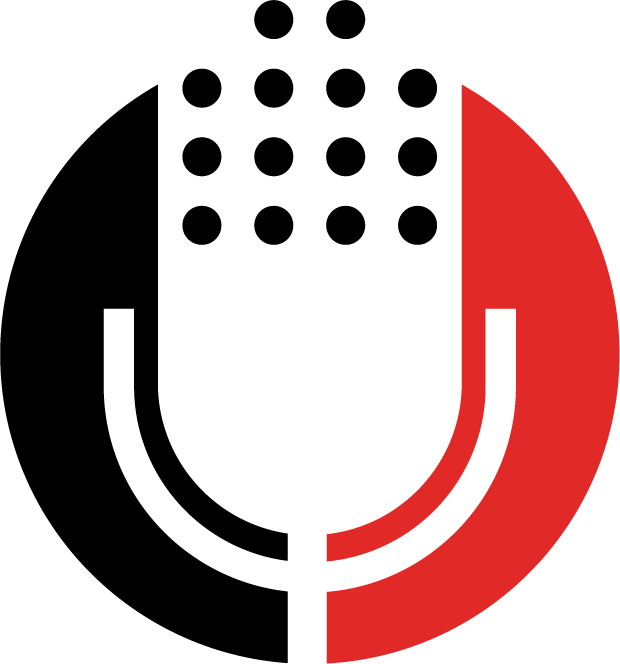Podcast Audience is Diverse
By Everything Podcast Team
I recently attended Podcast Movement in LA and I want to share some, as we have coined, "Podfacts", from the research presented at the event.
Podcast listeners will account for 20.3% of all internet users, which translates into 424.2 million listeners across the world. There has been a significant increase in the percentage of Americans 12+ who have at least tried a podcast at some point in their lives: That’s 177 million Americans 12+ — by comparison, that is roughly the number of Americans that used Facebook last year, according to Infinite Dial projections. So, the encouraging news here is that there is at least more sampling of podcasts is happening, which leads to a greater chance that new listeners will, in fact, find that perfect show for them.
One of the brightest stories in podcasting over the last several years has been the increasing diversity of the podcasting audience. When podcasting first started attracting a measurable audience in the mid-2000s, listeners were primarily white and male. The gender disparity is slowly approaching that of the US population over time (currently, 48% male and 51% female).
According to new Edison Research data, the racial breakdown of monthly podcast listeners is almost identical to the spread of the US population.
The majority of US podcast listeners (59%) are white, followed by Hispanic (16%) and African-American (16%), Asian (3%), and “others” (6%). Those numbers are almost identical to the US population demographics.
The increasingly diverse audience for podcasts helps advertisers reach an even broader spread of consumers as podcast ad spending continues to grow. We expect podcast ad spending to surpass $2 billion in 2023 and $5 billion by 2026.
The takeaway is that the opportunity for the platform to become an even more powerful medium for diverse voices has only just begun. Platforms are spending aggressively to expand into podcasting—YouTube is offering six-figure grants to podcasters that bring their content to the website, for example—and should make diversity, equity, and inclusion a part of their efforts to attract as broad a selection of voices and advertisers as possible.



